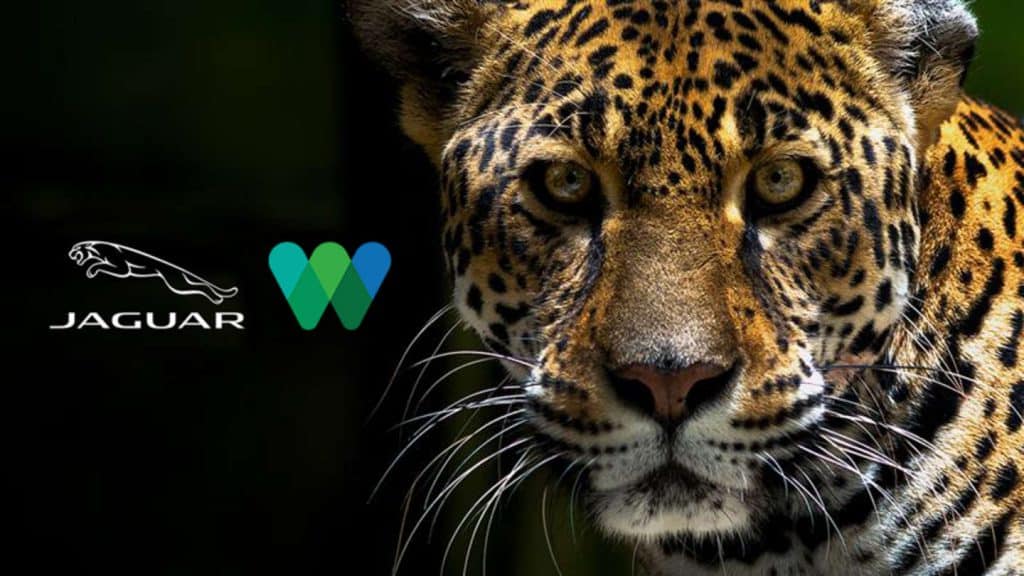
Sir William Lyons, the co-founder of Jaguar Cars once said, “The car is the closest thing we will ever create to something that is alive,” and the brand is showing gratitude to the fight to save the animal that embodies the fierce speed, power, agility, and beauty of its vehicles.
“We are touched by the work of the Wildlife Conservation Society to protect the jaguar and all threatened species around the world from extinction and want to help raise awareness with our fans for their noble efforts,” said Stuart Schorr, Vice President, Communications, Jaguar Land Rover North America.
“At WCS, we welcome the support of Jaguar Land Rover behind our efforts to protect and recover the jaguar which faces many threats including habitat loss, poaching and illegal trade,” said Joe Walston, WCS Executive Vice President of WCS Global Conservation Programs. “We have long-term jaguar programs on the ground in 13 range countries. Jaguar populations at WCS sites are growing steadily, averaging a 6.1% increase per year. WCS has been working at these sites for years, in some cases, decades. It takes time for jaguars to recover, and our new results demonstrate that persistence pays off. We look forward to working with Jaguar Land Rover to generate support behind these ongoing efforts.”
For decades, WCS has worked to protect the jaguar, to ensure these big cats continue to roam the savannas, grasslands, and rainforests of the Americas. WCS’s model to save the jaguar is based on three core elements: securing large, well-protected areas as inviolate refuges for jaguars and their prey; ensuring connectivity between those areas for jaguars to roam; and cooperating with human communities in shared landscapes to help meet the needs of people while also improving the situation for jaguars and other wildlife.
The global population of the jaguar is declining and has disappeared from almost half of its original distribution, including becoming extinct in El Salvador and Uruguay. With the goal of ensuring healthy jaguar populations thrive across a diversity of habitats, WCS works with many partners and biologists across multiple biomes to counter the threats facing the jaguar and supports the long-term recovery of the largest great cat in the Americas.
Jaguar is fully engaged with sustainability initiatives and social concerns, with continuous involvement in environmental and community programs. Driven by sustainability, the brand champions new materials that deliver improved environmental credentials, both in use and supply, with transparent sourcing key to selecting the right materials. The all-electric I-PACE, the first battery-electric performance SUV from the Jaguar brand, is offered with eco-friendly materials, including recycled aluminum. Its bold proportions are a direct result of the architecture that underpin I-PACE and advanced electric drivetrain. Jaguar is committed to Destination Zero: a future with zero emissions, zero accidents and zero congestion. In addition to I-PACE, globally all new Jaguar vehicles will offer an electrified powertrain option.
To support the efforts of Jaguar and WCS to help save jaguars on this International Jaguar Day, each brand will issue a call to action on Giving Tuesday (Dec 1), following Thanksgiving, to make a contribution to WCS on its website here: https://www.wcs.org/international-jaguar-day